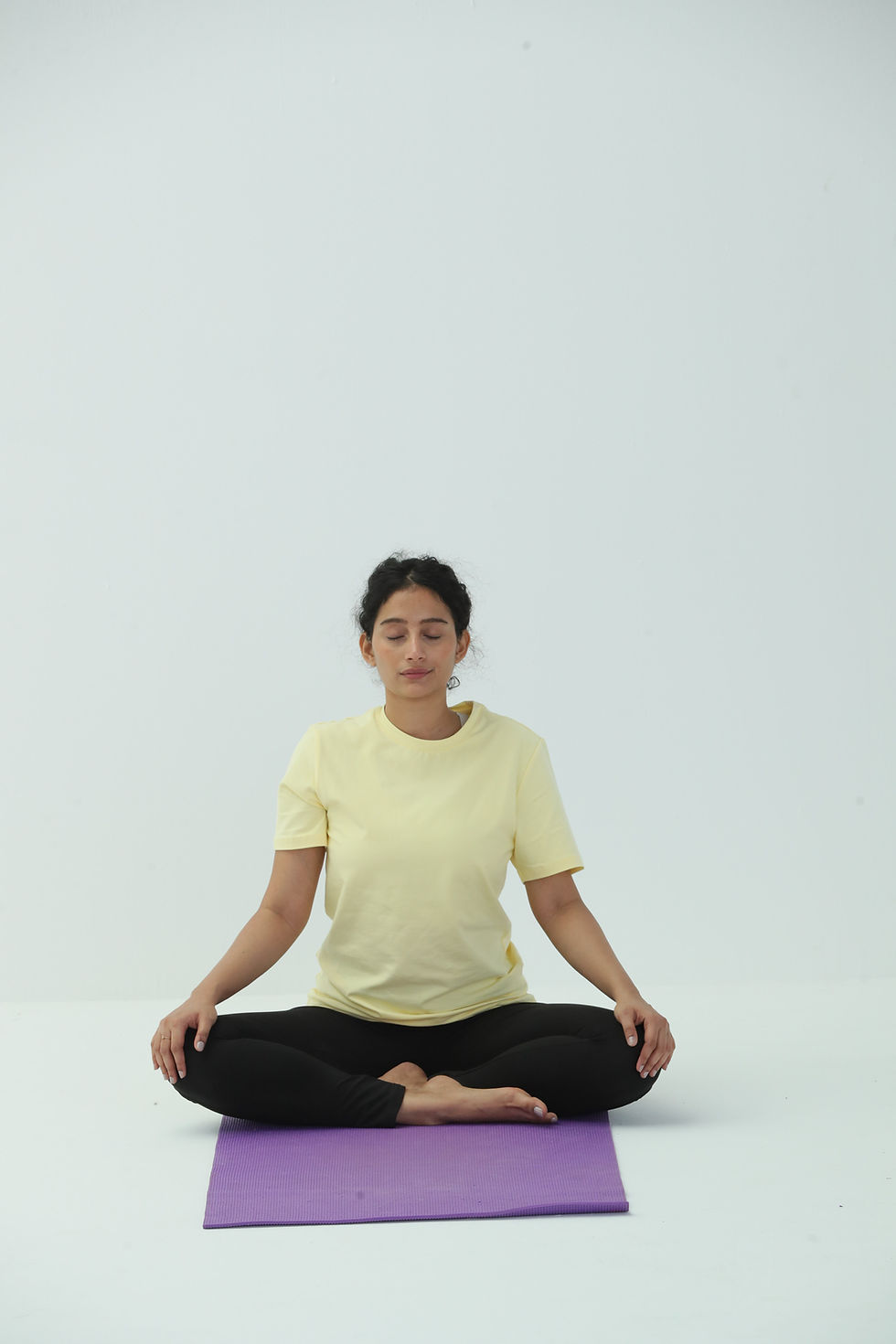Kumbhaka Padhati - Sagarbha & Nigarbha Pranayama (s1:e1)
- hathavidyatch
- Jul 13, 2024
- 2 min read
Updated: Jul 14, 2024
Pranayama is one of the most effective techniques, which influences the body and mind, paving a path to spiritual development. It is essential to understand here, that the concept of Pranayama has undergone evolution over a period of time, based on the experiences the ancient masters had within themselves and this led to numerous techniques that would increase the effectiveness of the Pranayama Sadhana and bring results

The earliest reference to Pranayama is found in the Vedic literature, where the practice of Pranayama had no independent position. It was mainly a part of some religious ceremony and was applied to the practice of holding the breath inside while reciting some mantras in the mind. This was probably done with the idea that when the breath is held inside the wavering of the mind gets controlled and mental recitation of the mantra is more fruitful. Slowly this effect on the mind came to be recognized in a clearer term and the practice of Pranayama got evolved from mere ritualistic practice to more independent and individualistic practice. And as time passed by, the technical aspects of Pranayama become more elaborated.
Patanjala yoga sutras highlights the importance of the incoming and outgoing flow of the breath, emphasizing the cessation of the flow of the breath in a simple way.
"Bahya-abhyantara-stambha-vrittih-de
-sa-kaala-sankhyabhih paridrishto deer-ghasukshmah."
Pranayama is regarded lengthy or subtle according to its three components, the external, the internal and the steady; the retention processes are modified by the regulation of space, time and number.
In Hatha Yoga Pradipika it has been stated that 'the one who controls the breath, can control the mind, and one who controls the mind, alone can control the breath.
“pavano badhyate yena manastenaiva badhyate,
manaścha badhyate yena pavanastena badhyate”
These statements and many more references related to Pranayama practice emphasize the importance of retention of breath known as Kumbhaka, to achieve the maximum benefits.




Comments